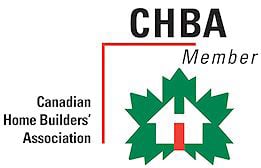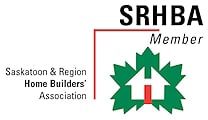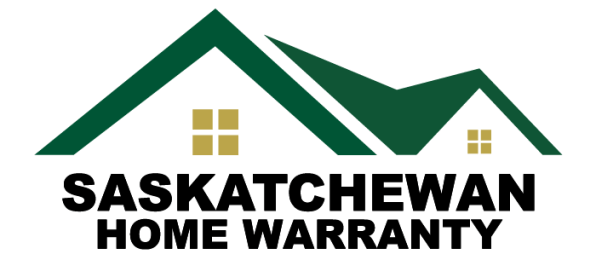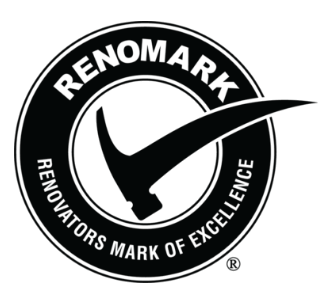New Home Construction
EWD offers you the convenience of buying a ready to move in house built to the standard of a custom home. We have homes in various stages of construction, some are complete and ready for you to move in, some are waiting for your to add your personal touch by picking colours, textures, and flooring. See our "now selling" and "designs" page to see what we have to offer!
Custom Homes
EWD can help you build the home of your dreams! We can work together with you to develop your dream home in to the home of your dreams! From designing with architect to the day you move in, we are here to work together with you to build the perfect home.
Basement Development
Edgewater Development offers complete basement development for your new home. Developing your basement is a great way to expand your living space, that can include an extra bedroom, office, work out area, media room, bathroom, or family room. All Edgewater homes are upgraded to R20 insulation on all of the perimeter walls, from the standard municipal code of R12, which insures that the basement will be warm and comfortable during the cold season. Edgewater has the Certified Professional RenoMark® Designation. You can view photos from one of our developments here: Basement Development Gallery
Saskatchewan New Home Warranty
 EWD proudly offers the Saskatchewan New Home Warranty program for all our new home buyers, this 10 year warranty program affords confidence and piece of mind in your newly purchased home for years to come.
EWD proudly offers the Saskatchewan New Home Warranty program for all our new home buyers, this 10 year warranty program affords confidence and piece of mind in your newly purchased home for years to come.
Homeowner Maintenance Tips
Winter/Fall Home Maintenance Checklist
Outdoors (Fall):
- Shut off power to your air conditioning unit – breaker can be found outside beside the unit
- Ensure the ground around your home slopes away from the foundation wall to prevent water drainage in basement. Touch-up when necessary to maintain positive drainage
- Clean eaves troughs to ensure proper drainage
- Blow out underground sprinkler systems and drain outdoor hoses before storage. Close interior water valve to outdoor water connection. Drain outside hose bib and leave it open partially
- Store outdoor furniture, prepare gardens and protect landscaping for the winter as necessary – Fall is a good time to fertilize your lawn and shrubs to ensure a good start in spring growing season
Indoors (Fall):
-
Remove window screens to allow for adequate airflow to your home's heating system. This will help prevent condensation on your windows
- Refer to homeowner’s manual regarding humidity in your home during the winter months. In temperatures -20 degrees Celsius and colder you may see condensation building up on the bottoms of your windows. Try and reduce your humidity to around 30% and turn on furnace fan to run continuously to help
- Ensure all exterior doors & windows are closed properly and seal tightly; repair/replace weather stripping and corner seals as needed
- Check sump pump to ensure proper operation
- Test and reset ground fault circuit interrupters (GFI) breakers
- Set HRV, as per the manufacturer’s instructions, for the winter setting
- Set the thermostat to “heat” and test operation by raising the thermostat setting until the furnace starts to run
- Have your furnace and heating system serviced by a qualified company (recommended every 2 years)
- Check furnace filters (monthly), replace as needed
- Open all basement registers to allow warm air circulation throughout basement
- Remove grilles on floor vents and vacuum inside the ducts
- Check and clean the heat recovery ventilator (HRV) core
- Adjust registers and confirm that cold air returns are clear of obstruction
- Check the operation of smoke and carbon monoxide detectors; change batteries if necessary (yearly is recommended)
- Check all exterior doors for any necessary adjustments and ensure self-closing device on garage door is closing completely
Spring/Summer Home Maintenance Checklist
Outdoors (Spring)
- Replace window screens
- Check seals on windows and doors for any wear and make repairs or replacements as necessary
- Re-connect to power to your air conditioning unit and run test to ensure the unit is running properly- use a garden hose to rinse cooling fins on the unit
- Clean gutters and downspouts- check for any damage and leaks. Patch with exterior grade caulking if needed- make sure downspouts are directed away from your home
- Inspect foundation, siding, and stone/brick for any damage- this will prevent possible water issues
- Check driveway and walkways for any damage sustained during winter- due to road salt usage on public streets your concrete (garage floor, driveway and walkway) need to be sealed yearly to help prevent concrete deterioration
- Check exterior vents for any build-up or damage
- Turn on outdoor water supply, ensure proper supply to all hoses, taps and sprinkler systems- turn on sprinkler zones and adjust spray pattern as needed
Indoors (Spring)
- Check sump pump to ensure proper operation
- Test and reset ground fault circuit interrupters (GFI)
- Set HRV, as per manufacturer's instructions, for spring/summer setting
- Set thermostat to welcome warmer weather- as summer approaches switch your thermostat from "heat" to "cool"
- Close all basement registers - AC is not needed in this area
- Check and replace furnace filter
- Vacuum ducts in forced air systems
- Check the operation smoke and carbon monoxide detectors; change batteries if necessary (yearly is recommended)
- Check and clean the HRV core









